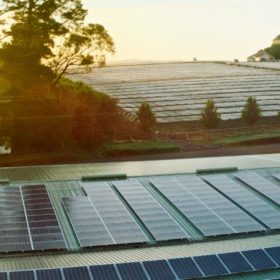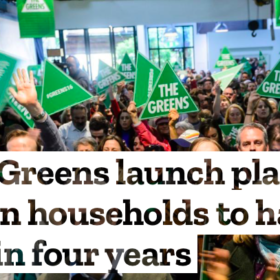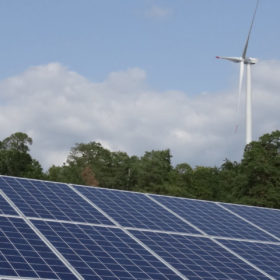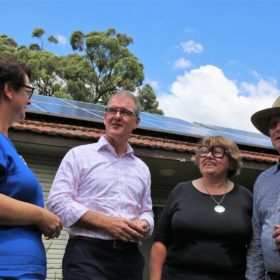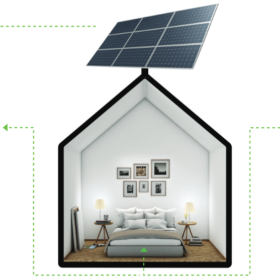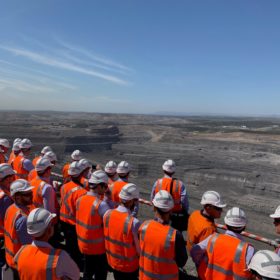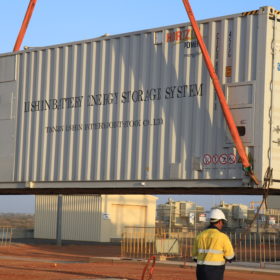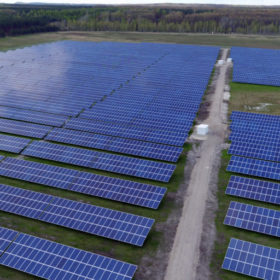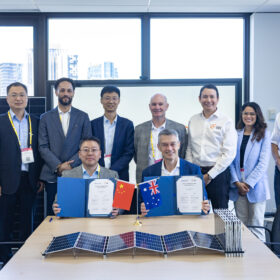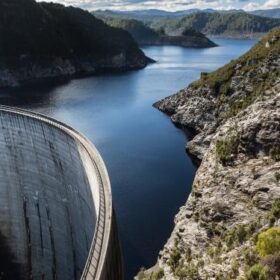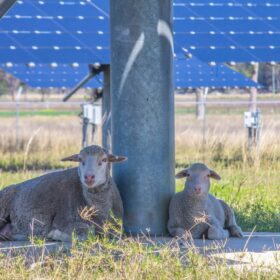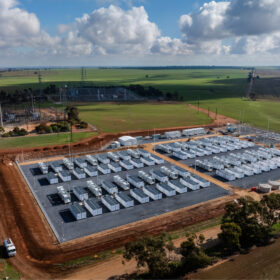EnergyAustralia to help charities slash power bills with solar+storage
Backed by an estimated $15 million raised from the sale of renewable energy certificates, EnergyAustralia will install free solar PV and battery systems for participating charitable organizations, with the goal to connect them into a virtual power plant and slash their electricity bills by as much as 50%.
NSW Greens add to solar election momentum, to mandate solar, storage on new builds
A proposal to mandate solar and storage systems for all new dwellings has been proposed by the NSW Greens in the lead up the state election. The policy is a part of a wider package that the party says will see one million households add rooftop PV over four years.
New Zealand identifies 11 GW solar potential
The nation already meets well above 80% of its electricity demand from renewable energy. With e-mobility and electric industrial processes on the rise, higher demand has created new development opportunities.
Blaming renewables for power failures is wrong
In the aftermath of January’s blackouts in Victoria and South Australia, public policy think thank Grattan Institute underlines that blaming renewable energy for supply failures is wrong and dangerous. The new report flies in the face of repeated claims by the Coalition government that renewables are undermining the reliability of electricity system.
Election power play casts NSW Government and Opposition as sun seekers
Call them aspiring sun gods: In the lead up to the 2019 New South Wales election on 23 March, Shadow Minister for Energy and Climate Change Adam Searle and the NSW Liberal & National Government Energy Minister Don Harwin have both announced solar policies that support NSW householders to install rooftop solar-PV systems and thereby reduce their energy bills.
America’s Green New Deal is going to happen at state, not federal level
While U.S. senators Ed Markey and Alexandria Ocasio-Cortez introduce a resolution for a clean energy package, legislation has been tabled in six states aiming to implement 80-100% clean energy by 2050 or earlier.
Redback added to SA Home Battery Scheme
Australian-based Redback Technologies is now eligible for subsidies under the South Australia Home Battery Scheme, alongside nine other brands. The company manufacturers its solar inverter-battery hybrid systems overseas.
IEEFA update: Even as forecasts signal decline in global thermal coal markets, Australia courts new mines
IEEFA supports new bill prohibiting the opening up of thermal coal mining in Queensland’s Galilee Basin
Western Australia launches strategy to fuel battery industry
With li-ion battery supply chains stretched by the rapid EV and energy storage uptake, Western Australia is looking to position itself at the forefront of global battery manufacturing. The state government has launched a strategy to grow WA’s future battery industry, which includes plans for an investment attraction strategy.
Germany installed almost 3 GW of solar in 2018
PV demand grew 68% year-on-year from the level seen in 2017 as Germany’s cumulative installed solar generation capacity reached 45.92 GW.
